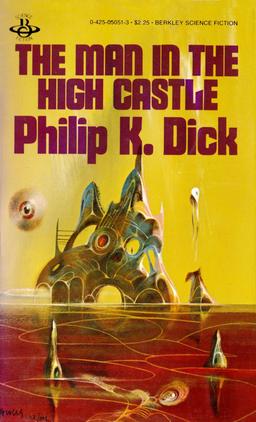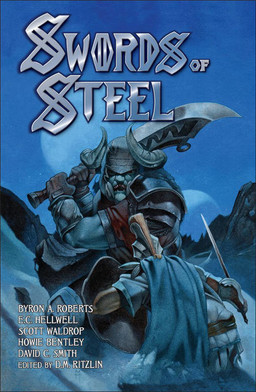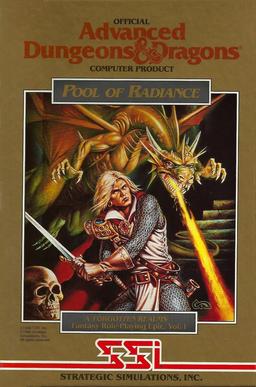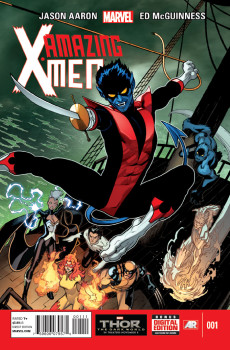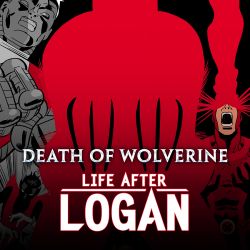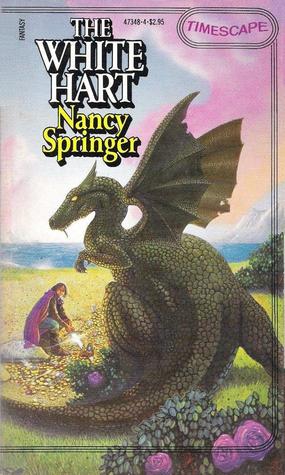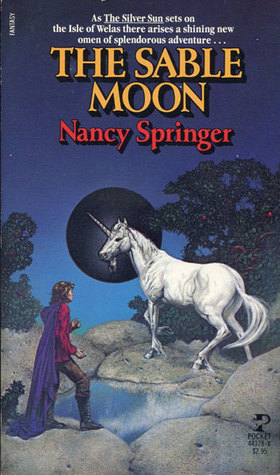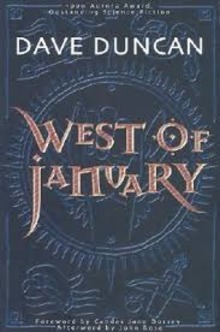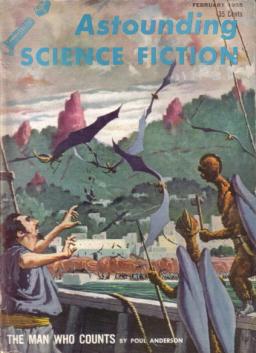March 2015 Nightmare Magazine Now on Sale
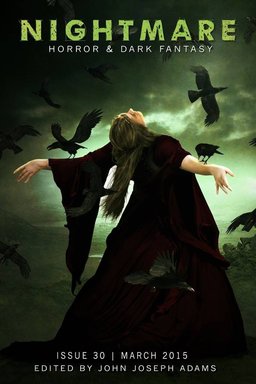 The March 2015 issue of Nightmare Magazine is now available. Nightmare is an online magazine of horror and dark fantasy, with a broad focus — editor John Joseph Adams promises you’ll find all kinds of horror within, from zombie stories and haunted house tales to visceral psychological horror. Fiction this month is:
The March 2015 issue of Nightmare Magazine is now available. Nightmare is an online magazine of horror and dark fantasy, with a broad focus — editor John Joseph Adams promises you’ll find all kinds of horror within, from zombie stories and haunted house tales to visceral psychological horror. Fiction this month is:
Original Stories
“Please, Momma” by Chesya Burke
“An Army of Angels” by Caspian Gray
Reprints
“Featherweight” by Robert Shearman
“The Burned House” by Lynda E. Rucker
In his editorial, John Joseph Adams reports on the astonishing success of his latest crowdfunding initiative, the follow-up to the groundbreaking Women Destroy Science Fiction! anniversary issue of Lightspeed:
Lightspeed’s Queers Destroy Science Fiction! Kickstarter campaign has now concluded and we’re happy to report that it was extremely successful; we asked for $5,000 and got $54,523 in return, which was 1090% of our funding goal. As a result of all that success, we unlocked several stretch goals, including additional special issues Queers Destroy Horror!, which will be published in October as a special issue of Nightmare, and Queers Destroy Fantasy!, which will publish in December as a special issue of Fantasy Magazine.
